22. As stated in the introduction, Ganymede is the largest moon in the Solar System. It is so large that not even all of the planets are larger. Which planet or planets has a smaller diameter than Ganymede?
From Quiz Ganymede: a Mighty Moon
Answer:
Mercury
Ganymede has a diameter of 3,273 miles. (By comparison, the distance from Seattle to Miami is 3,318 miles.) Mercury is slightly smaller with a diameter of 3,032 miles. The diameter of Mars is 4,212 miles. Interestingly, though Mercury is smaller in terms of diameter, because of differing composition, it is approximately twice as massive as Ganymede. In comparison to many of the smaller moons of Jupiter, Ganymede is large enough, and massive enough, to have a roughly spherical shape.
From 1930 to 2005, we would have had to add Pluto to the list of planets smaller than Ganymede. Though it is currently classed as a dwarf planet, Pluto is significantly smaller than Ganymede, with a diameter of 1,477 miles.
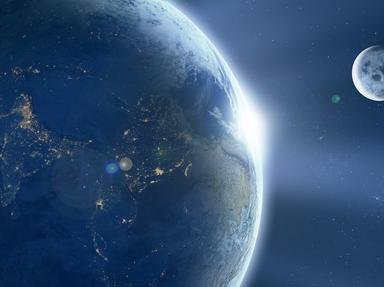




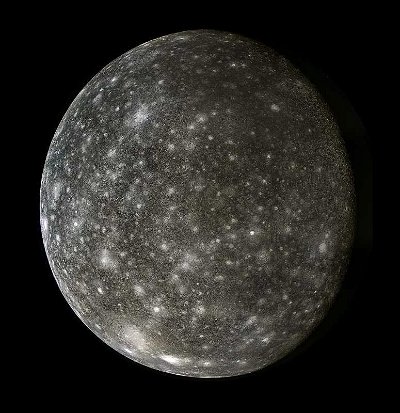

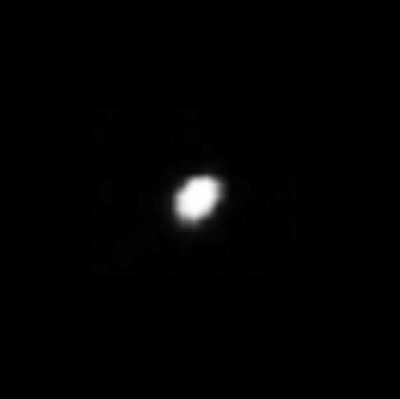
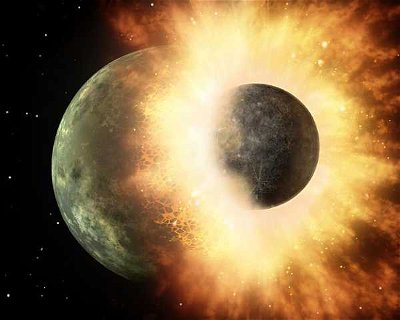

 Quick Question
Quick Question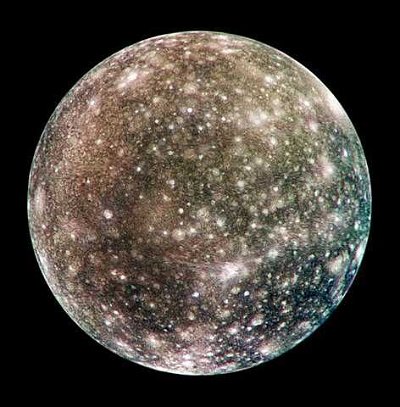
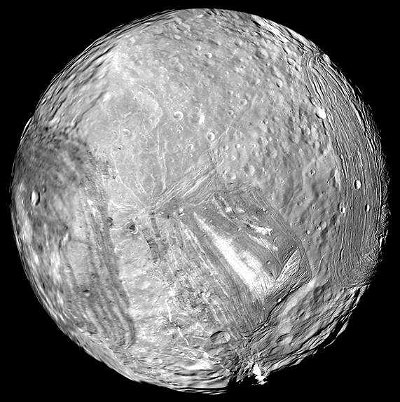
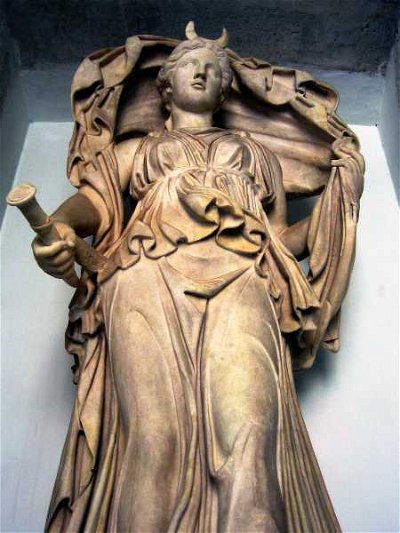
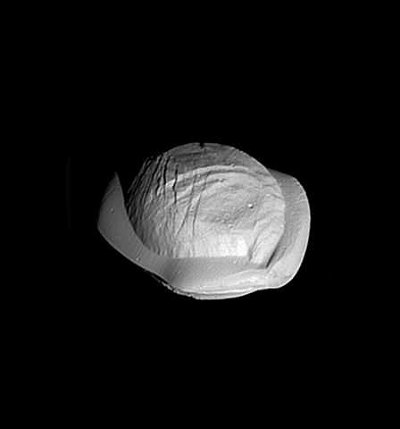
 = Top 5% Rated Quiz,
= Top 5% Rated Quiz,